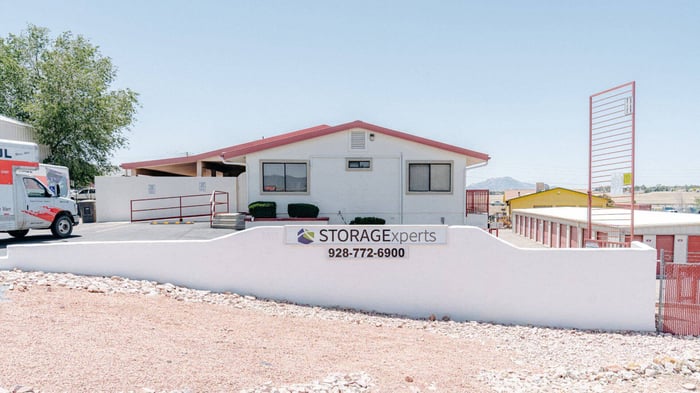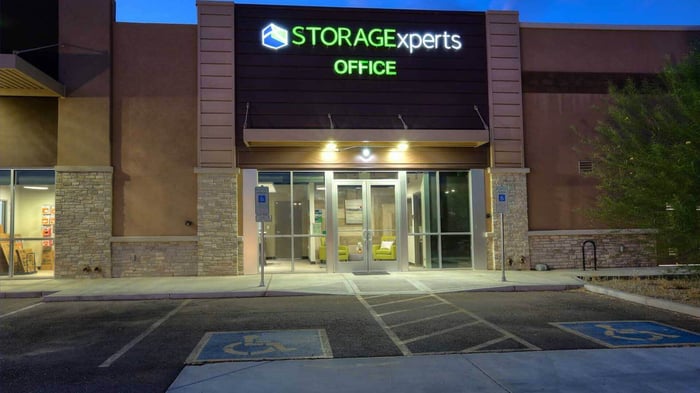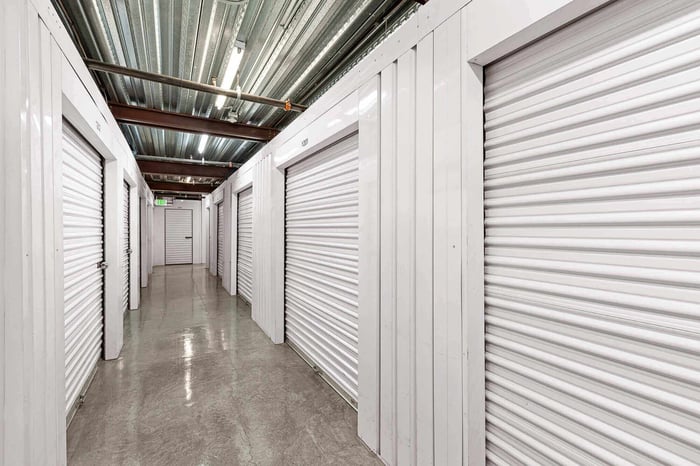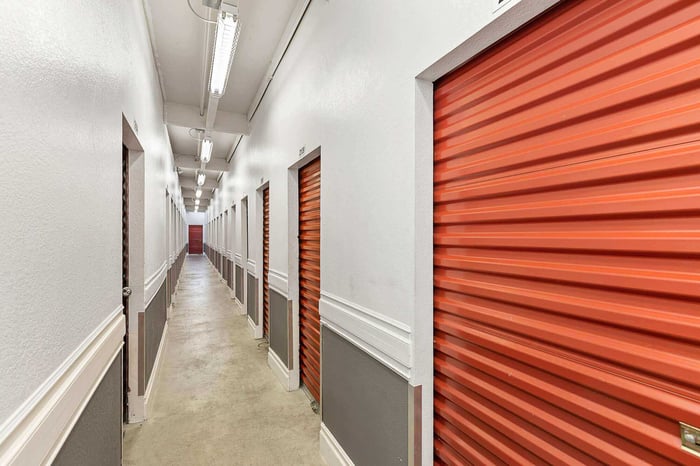Organizing a storage unit can feel daunting, but with a clear system and solid plan, you can make the most of the space while keeping everything tidy and accessible. Whether you’re storing a few pieces of furniture or everything from your closet, a good strategy will help you maximize space, protect your belongings, and easily retrieve items when needed. Here’s a comprehensive guide to help you create an efficient and neat storage layout for your belongings.
Assessing Your Storage Needs
Before you begin, take time to assess your storage requirements. Start by decluttering your belongings to avoid wasting space on things you no longer need. Account for items you plan to store, including their sizes and weight. Are you storing large furniture like sofas or tables? Smaller items like books or clothing? Knowing what you need to store will help you choose the best organizational method. Consider the type of self storage units available and whether they align with your needs.
Also, consider how often you’ll need access to each item. Prioritize items you’ll need frequent access to by placing them near the front of the unit. You can stack less-used items toward the back or on the top shelves. Ensuring you’ve fully assessed your needs will set the stage for a smoother organization process.
Choosing the Right Storage Unit Size
Selecting the appropriate storage unit size is the first step in optimizing your space. A unit that’s too small may lead to overcrowding, making it difficult to access your items later. On the other hand, an oversized unit might mean wasted space and higher costs.
When deciding, consider the type of shelving or furniture you’ll need to store and whether stacking items vertically is an option for certain items. Storage units with extra height can be a great way to stack boxes using vertical space. Measure larger items like sofas, cabinets, or desks to ensure they’ll fit comfortably in the storage space. A layout that considers the dimensions of everything you’re storing will help you make the most out of your chosen unit’s dimensions.
At STORAGExperts, we provide a range of storage solutions to suit your specific requirements. Whether you need a compact unit for a few essentials or a spacious one to hold oversized items, we’re here to help you make the right decision. Our team can guide you in selecting the perfect size to ensure your storage experience is seamless and convenient.
Inventorying Your Items
Proper inventory is key to tracking your belongings in a storage unit. Start by making a list of everything you plan to store and categorizing the items based on their type (e.g., furniture, seasonal decorations, clothing). If you don’t have a system for managing your belongings, now is the time to create one.
Write a detailed account of what each box contains. For example, instead of labeling a box "kitchen," include specifics like "blue plates, coffee mugs, and utensils." A neat inventory helps you locate items quickly later on without digging through shelves, stacks of boxes, or misplaced items.
Sorting and Categorizing Belongings
Sorting and categorizing are crucial to ensure a clean and organized storage layout. First, group similar items together. For instance, keep kitchen supplies together, store all seasonal clothing in one place, and dedicate a side of the unit for furniture.
Sort out essential items and ensure they are placed strategically for easy access. Categorizing items helps reduce clutter, streamline the stacking process, and create a layout where you know where everything is. Once sorted, you’ll find it easier to arrange items to maximize space and keep the storage unit tidy.
Packing Materials and Techniques
The right packing materials can protect your items and make them easier to arrange in the storage unit. Use durable boxes, sturdy bins, and padding materials to safeguard fragile belongings. If you’re dealing with heavier items, ensure they go at the bottom of stacks to prevent crushing lighter objects.
For furniture, disassemble large pieces like bed frames or tables to save space. Wrap them carefully in packing blankets to prevent scratches. Prioritize using stackable bins, as they allow you to build vertical stacks on shelves or directly on the storage unit's floor. Remember, a solid packing method will optimize space and keep everything secure and in good condition.
Optimizing Space in the Unit
To maximize your storage unit’s space, think vertically. Use shelving units to create extra storage levels, enabling you to keep items off the floor while making them easy to access. Place heavier objects at the bottom, medium-weight items in the middle, and smaller, lighter things on top. This method not only protects your belongings but also creates a stable stack.
Arrange your items in zones based on frequency of use. For example, tools or equipment you use seasonally can go in the back, while items you’ll need to grab more often, like daily-use clothing, can be placed in the front. Think about practical ways to use the space on the sides of the unit as well. Ensure you leave walking paths or open spaces for easy navigation inside the unit.
Labeling Boxes and Bins
Labeling your boxes and bins is essential to keeping your storage unit organized. Use clear, detailed labels on each box's front, side, and top to identify its contents at a glance. For example, instead of simply writing “toys,” you could write “children’s books, toy cars, board games.” This eliminates guesswork and helps you find what you need faster.
Consider color-coding your label to categorize items by room or purpose. For instance, use one color for your kitchen, another for clothing, and another for tools. A properly labeled system pays off when you need to access a specific item quickly, saving you time and energy.
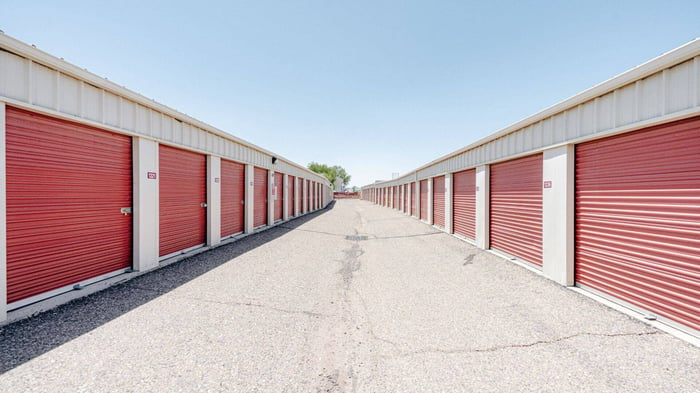
Creating an Accessibility Plan
Once you’ve sorted, packed, and labeled everything, it’s time to arrange your storage unit with accessibility in mind. Place items you’ll need frequently near the front of the unit and leave pathways to move around easily. Avoid stacking boxes too high against walls or in tight corners, as this can make it difficult to reach them safely.
Another handy tip is to create an arranged layout that groups items by zone. For instance, keep kitchenware on the left-hand side, seasonal items at the back, tools on shelves on the right side, and clothing or furniture in the middle. Having a clear strategy for where everything is ensures that the most important things are always within reach.
To further optimize accessibility, keep an open space in the top center of the unit for a step stool or ladder. This will allow you to safely access taller stacks or shelving units toward the back or sides of the unit.
Following these strategies and methods can create a highly effective, organized, and accessible storage unit layout. Through decluttering, proper categorization, and thoughtful placement, everything will be neatly stored and easily retrievable whenever you need it.
Maintaining Your Storage Unit
Once your storage unit is organized, the work doesn’t end there. Ongoing maintenance is essential to ensure that your belongings remain in good condition and remain easy to access. Regularly visiting and inspecting your storage unit is a key part of this process. Start by checking for any signs of damage, such as moisture, pest activity, or shifts in stacked items. Addressing these issues early can prevent larger problems down the road.
When adding new items to your unit, it’s a good idea to declutter as you go. If something hasn’t been used in years or no longer serves a purpose, consider whether it needs to take up space in your storage. Removing unnecessary items keeps your unit tidy and prevents overcrowding.
Refresh your inventory list every few months for new additions or removals. This helps you stay on top of what’s inside, avoiding duplicate storage of items you might forget. While at it, ensure that the labels on your boxes and bins remain intact and easy to read. This small step maintains your organizational system's efficiency and simplifies retrieving items.
Finally, adjust your unit's layout based on changing needs. If you expect to access certain belongings more often due to new seasons or priorities, rearrange your storage plan accordingly. A well-maintained storage unit doesn’t just preserve what’s inside; it gives you peace of mind knowing everything is in its place.
Tips for Long-Term Storage
Storing items for the long term requires additional thought and care to ensure their longevity. Protecting your belongings begins with selecting the right packing materials. For example, use plastic bins with lids rather than cardboard boxes for items that could be affected by moisture. Wrap fragile or delicate items in bubble wrap, blankets, or other protective coverings to guard against dust and damage.
Before packing, ensure everything is clean and dry. This minimizes the risk of mold, stains, or odors developing over time. It’s especially important for clothing or fabric items, as moisture can cause major deterioration during storage. Consider using moisture absorbers or silica gel packets to maintain a suitable environment inside the unit.
Planning the placement of items is another crucial step for long-term storage. Store heavier items like furniture toward the bottom of stacks to avoid crushing boxes or lighter items. Always leave space around the edges of the storage unit for air circulation. This simple step can prevent moisture buildup and improve the items' longevity.
Finally, check in periodically to ensure everything is as it should be. Even if you don’t plan to use the stored items anytime soon, a quick inspection every few months can help you catch any potential issues early. A little proactive care goes a long way toward preserving your possessions for years to come, keeping them in excellent condition for when you need them again.
Wrapping Up
Organizing and maintaining a storage unit doesn’t have to be stressful or overwhelming. With the right strategies, you can create an efficient, tidy layout that makes it easy to store and retrieve your belongings. From decluttering and categorizing your items to labeling boxes and optimizing the space effectively, every step brings you closer to a storage solution that works seamlessly for your needs.
Discover Hassle-Free Storage Solutions with STORAGExperts
Looking for professional storage options that prioritize convenience and efficiency? At STORAGExperts, we’re here to help you maximize your space with tailored storage solutions. Whether you need assistance with storage unit selection, packing tips, or maximizing your layout, our team is committed to helping you every step of the way. Contact STORAGExperts today to secure your storage unit and start organizing with confidence!

